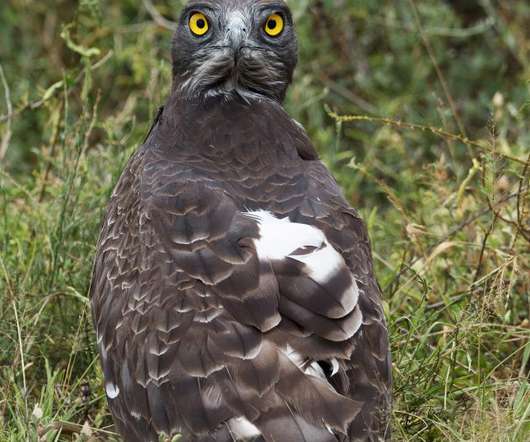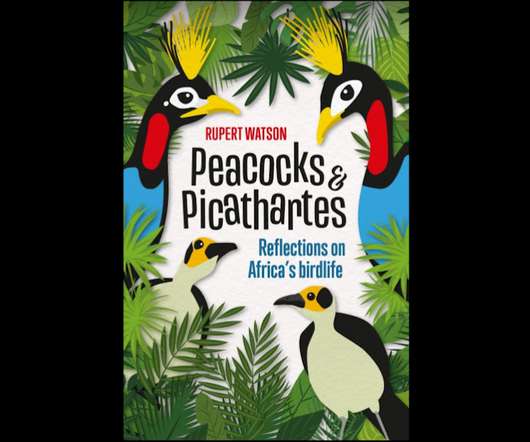Bird Uganda with Bird Uganda Safaris
10,000 Birds
FEBRUARY 22, 2021
Herbert is Managing Director of Bird Uganda Safaris, LTD and his company offers a variety of birding and wildlife tours of the most naturally resplendent regions of Uganda, Kenya and Rwanda. He is also the team leader of the African Birding Expo which has made him a members of the World Bird Fairs Council. Herbert holds a B.











Let's personalize your content